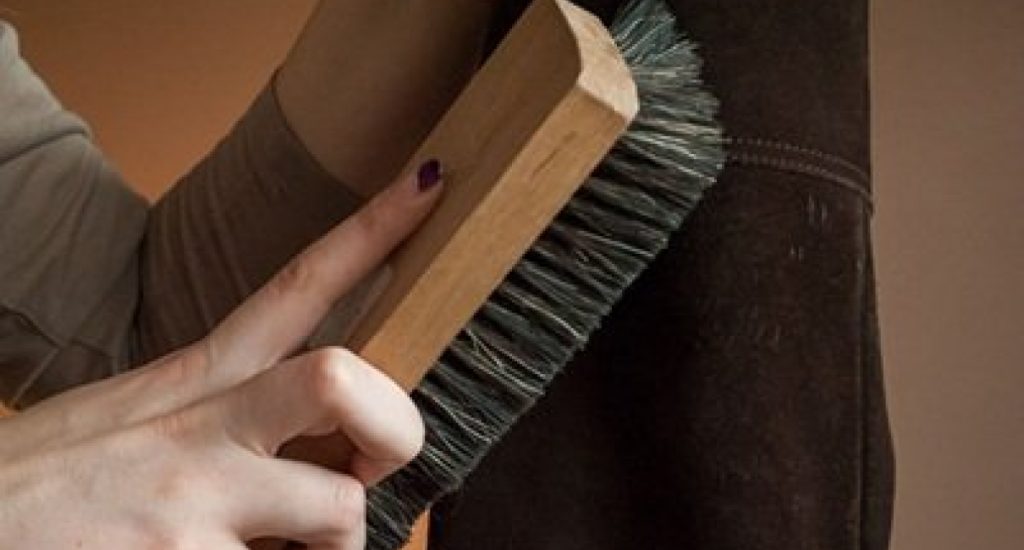Have you ever found yourself in a situation where your beloved leather item has developed mold, become dirty, or even gotten stained with grease, oil, or blood, and you didn’t know how to handle it? And after resolving those issues, do you want to learn more about effective ways to care for and preserve your leather belongings? Let’s explore some handy tips from Fortuna Leather that you can “keep in your pocket” for future reference!
To learn how to distinguish different types of leather, please refer to the article provided here
Leather is a material that requires meticulous care and cleaning if users want to prolong the lifespan of the product. However, excessive use of cleaning agents or aggressive rubbing on the surface can lead to fungal contamination and affect the aesthetic appearance.

Hot and humid weather
The hot and humid climate in Vietnam creates favorable conditions for the growth of microorganisms, with the leather surface being the most affected area. To minimize this issue, you need to refer to the below methods for preserving leather goods to protect your own and your family’s belongings.

Leather material
Different types of leather materials on the market have varying levels of durability. Genuine leather, for example, has a longer lifespan, is more resistant, and limits the occurrence of mold. On the other hand, synthetic materials like PU leather or industrial leather tend to peel and deteriorate after a period of use.

Things to avoid
Things to do

Exposure to rainwater
To prevent mold and damage when leather items get wet from rain, quickly use a dry cotton cloth to absorb the water and then let the item air dry in a dry and shaded area, away from direct sunlight.

Mold on leather
Mold can occur when leather items are not used or cared for over a long period. To maintain the leather in its best condition, follow these steps:

Grease stains
Grease stains can leave an unpleasant oily residue on the leather. To remove these stains, soak a cotton ball with benzene and gently dab it onto the affected area. Then use a cotton swab to wipe it clean until completely dry. Finally, apply a small amount of moisturizing cream or wax to the benzene-treated area to avoid discoloration.
Bloodstains
To remove bloodstains from leather surfaces, quickly dilute a mixture of alcohol and water. Soak a cotton ball with the solution and gently dab it onto the stain until it gradually fades. Alcohol not only helps clean the leather but also has disinfectant properties to prevent mold growth and microbial damage.